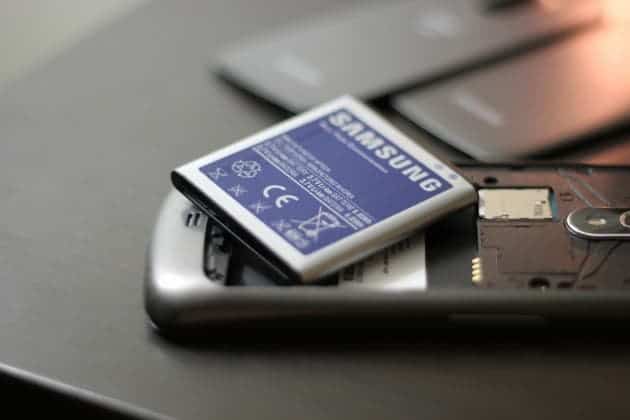In a recent paper published in Nature, researchers at the Samsung Advanced Institute of Technology report how they nearly doubled the charge carrying capability of a lithium-ion battery by coating the silicon anodes with graphene. Paired with recent advances in graphene deposition and manufacturing, this sort of tech of could very well end up powering your notebook or phone a couple years from now.

When working to improve batteries, one of the first thing engineers look at is the energy-to-weight ratio or gravimetric energy density. This is defined as the amount of energy that an energy storage medium can store per kilogram of energy storage medium mass. In other words: Energy density/energy to weight ratio is the amount of energy that an energy storage system can store per kg of batteries, capacitors, or other energy storage mediums such as compressed air tanks (including the air), as well as pumped hydroelectric storage tanks (including the water).
The gravimetric capacity of silicon is reaches almost 4,000 mAh g−1, which makes it unparalleled. But at the same time, the volumetric capacity of silicon (the capacity of silicon taking into account volume increases resulting from lithium insertion) weakens with each charge–discharge cycle. If we could find a way to improve the volumetric capacity over time, while retaining silicon’s fantastic gravimetric capacity then some incredibly well versed batteries could be available. In other words, you could cram up a lot more energy in the same volume; a game changer for renewable energy storage or, particularly, electric vehicles where space and autonomy is highly important.
The researchers at Samsung worked out a new design in which multilayer graphene was grown directly on the surface of the silicon anode as a coating. Previously, graphene grown on silicon resulted in poor batteries because of silicon carbide (SiC) formation. Silicon carbide is an electrical insulator so you don’t want it anywhere near your battery’s anode. The Samsung researchers overcame this challenge by developing a chemical vapour deposition (CVD) process that involves a mild oxidant.
“With the assistance of the graphene interlayer sliding process and enhanced conductivity, the graphene-coated Si NPs reach a volumetric capacity of 2,500 mAh cm−3 (versus 550 mAh cm−3 of commercial graphite), the highest value among those reported to date for any LIB anodes while exhibiting excellent cycling and rate performance,” the authors write in the paper published in Nature.
Overall, the silicon carbide-free graphene coating allows the full cell to reach volumetric energy densities 1.8 times higher than those of current commercial lithium-ion batteries. After 200 cycles, the capacity was only 1.5 times higher because the silicon nanoparticle anodes lose charge over time faster. Still, it’s one impressive improvement.
To make this kind of tech work, though, the industry needs to work together. Namely, graphene needs to be easily manufactured and deposited on anodes, in this case. Incidentally, researchers at University of Exeter say they’ve developed a way to make graphene better, cheaper, faster. All at mass scale. How convenient.


